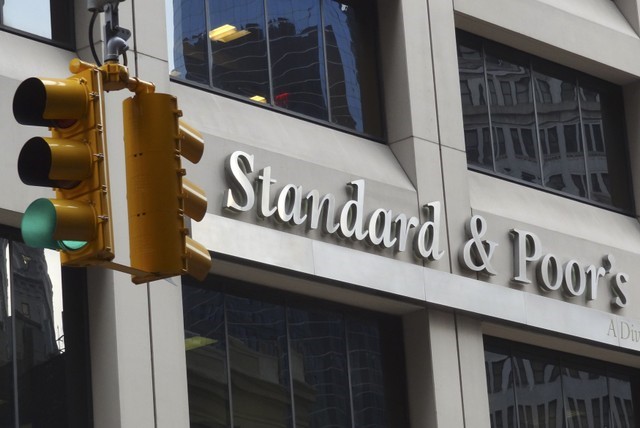SYDNEY (Reuters) – Ratings agency Standard & Poor’s was expected on Friday to defend its ratings as transparent and in line with regulations in an Australian lawsuit in which it is accused of going soft on products that caused significant investment losses.
The U.S.-based ratings agency is being sued for at least A$190 million ($150 million) by two local governments and two pension funds in Australia, which lost money on synthetic collateralized debt obligations (SCDOs) rated by S&P when the U.S. subprime mortgage crisis hit a decade ago.
In its statement of defense, reviewed by Reuters, the New York-headquartered firm said it designed and assigned ratings “in accordance with well-recognized international practice and the regulatory regime in place at the relevant time”.
It added that it was “not a bank or an investment advisor (and) does not take a financial position in the entities it rates”. Moreover, its ratings were predictive by nature, and “not an exact measurement of probability of default, as such a measurement would be impossible”.
S&P lawyers were due to deliver their statements on Friday.
In their opening addresses earlier this week, lawyers for the councils accused S&P of weakening its risk assessment criteria to win business and turn out high ratings on opaque debt products. The SCDOs that the Australian councils lost money on tended to be AA or AAA-rated.
In its statement, S&P said the fact that some of debt instruments it rated “did not perform as expected does not mean that S&P’s criteria or methodology was flawed… or was the result of deceitful motivations”.
It said the class action lawsuit, funded by Singapore-based Litigation Capital Partners, was effectively asking an Australian court to be “the regulator of rating agency methodology”, a prospect that “should be rejected”.
S&P and other rating agencies have long faced criticism from investors, politicians and regulators for assigning high ratings to securities that quickly turned sour. Criticism specifically focuses on the fact they are paid by issuers for ratings, raising concern about potential conflicts of interest.
S&P said in its statement the suit wrongly assumes its pursuit of market share made its ratings methods less robust.
“S&P’s desire to maximize market share, revenue and profitability is evidence of nothing,” the 53-page statement said.
“One can have analytically strong criteria and market share. These concepts are not mutually exclusive,” it added.
While the damages sought are relatively small for the company, which has a $50 billion market capitalization, the suit could expose S&P to lawsuits from other investors if it is found to have knowingly turned out unreliable ratings.
In the 10 years since the financial crisis, S&P has settled lawsuits in the U.S. over its ratings of “collateralized debt obligations”, or CDOs, the complex derivative products blamed for spreading market turmoil around the world.
The hearing continues.
(Reporting by Byron Kaye and Tom Westbrook; Editing by Sam holmes)
















